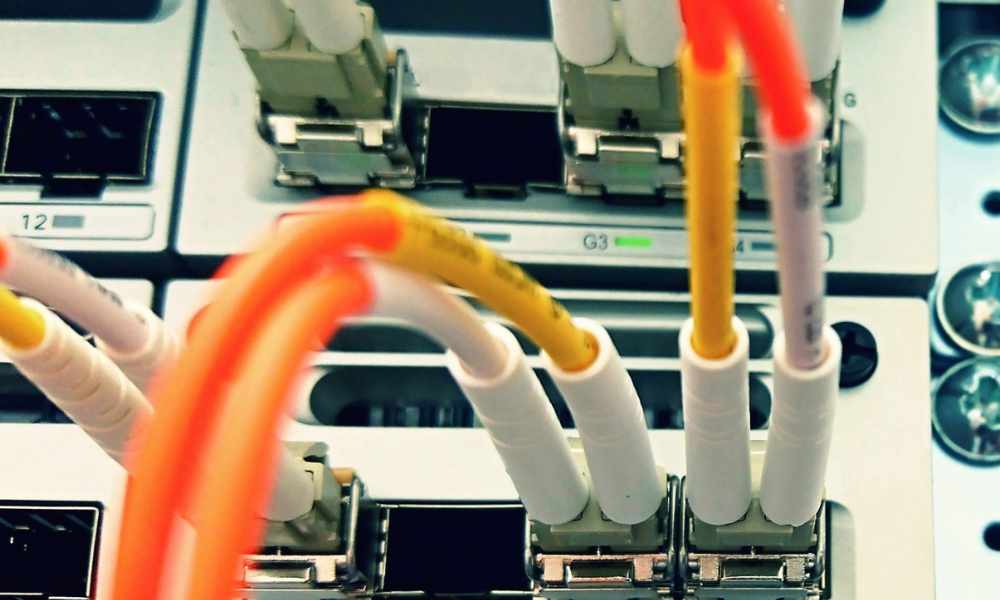In today’s interconnected world, reliable and efficient communication infrastructure is vital for economic growth, social development, and technological advancement. One of the cornerstones of modern telecommunications is the extensive network of fiber optic cables, which forms the backbone of global connectivity. In the Philippines, the development and expansion of the fiber optic cable network have played a crucial role in bridging geographical divides and facilitating seamless communication both domestically and internationally.
Introduction to Fiber Optic Cable Networks
philippine fiber optic cable network, Fiber optic cables are thin strands of glass or plastic that transmit data using light pulses. Compared to traditional copper cables, fiber optics offer significantly higher bandwidth and faster data transmission speeds, making them ideal for supporting the ever-increasing demands of modern digital communication. The use of fiber optic cables has revolutionized telecommunications, enabling the seamless exchange of vast amounts of data across long distances with minimal signal degradation.
Development of Fiber Optic Infrastructure in the Philippines
The Philippines has witnessed significant growth in its fiber optic infrastructure over the past few decades. Initially, telecommunications in the country relied heavily on outdated copper-based networks, which were unable to keep pace with the growing demand for high-speed internet and digital services. However, in recent years, there has been a concerted effort to modernize and expand the fiber optic network, driven by both private sector investment and government initiatives.
Key Players in the Philippine Fiber Optic Network
Several major telecom companies in the Philippines have been instrumental in the development and deployment of fiber optic infrastructure across the archipelago. Companies like PLDT, Globe Telecom, and Converge ICT have made substantial investments in laying down fiber optic cables to connect urban centers, rural areas, and remote islands. Additionally, government agencies such as the Department of Information and Communications Technology (DICT) have been actively involved in promoting the expansion of the fiber optic network and implementing regulations to ensure fair competition and consumer protection.
Technological Advancements in Fiber Optic Networks
The evolution of fiber optic technology has led to significant improvements in the reliability and performance of telecommunications networks in the Philippines. One of the most notable advancements is the introduction of submarine fiber optic cables, which connect the Philippines to the global internet infrastructure. These undersea cables, such as the Asia-America Gateway (AAG) and the Southeast Asia–United States (SEA-US) cable system, have greatly increased international bandwidth and reduced latency for internet users in the Philippines.
Challenges in Navigating the Fiber Optic Network
Despite the numerous benefits of fiber optic connectivity, navigating the network in the Philippines is not without its challenges. The country’s unique geography, characterized by rugged terrain, dense forests, and thousands of islands, presents logistical obstacles for laying down and maintaining fiber optic cables. Additionally, issues such as cable damage due to natural disasters, theft, and sabotage pose ongoing threats to the reliability and security of the network.
Impact of Fiber Optic Connectivity on the Philippines
The widespread adoption of fiber optic technology has had a profound impact on various aspects of life in the Philippines. From enabling businesses to operate more efficiently and compete in the global market to empowering individuals with access to educational resources and telemedicine services, fiber optic connectivity has become an indispensable tool for driving economic growth and improving quality of life across the country.
Future Prospects and Innovations
Looking ahead, the future of fiber optic connectivity in the Philippines looks promising. With the impending rollout of 5G technology, there will be even greater demand for high-speed, low-latency networks capable of supporting emerging applications such as augmented reality, autonomous vehicles, and the Internet of Things (IoT). Additionally, ongoing research and development efforts in the field of fiber optics promise to unlock new innovations and further enhance the capabilities of telecommunications networks in the Philippines.
Conclusion
In conclusion, the Philippine fiber optic cable network plays a critical role in enabling connectivity and driving progress in the digital age. By investing in the development and expansion of this vital infrastructure, the Philippines can unlock new opportunities for economic growth, social development, and technological innovation. However, addressing the challenges of navigating the fiber optic network will require continued collaboration and innovation from all stakeholders to ensure that the benefits of connectivity are accessible to all Filipinos.




